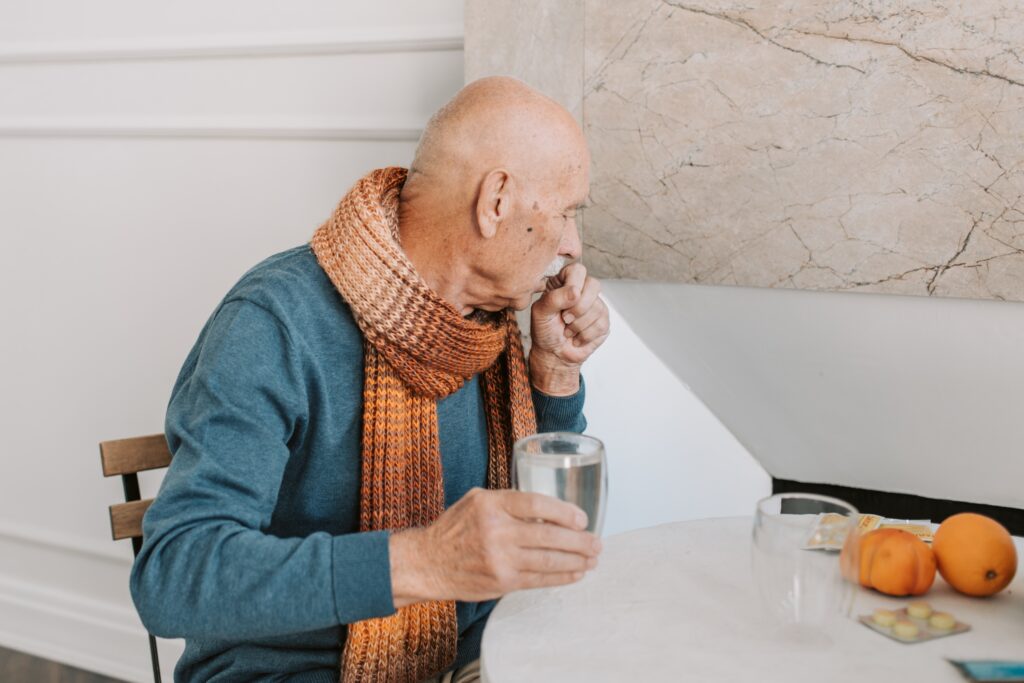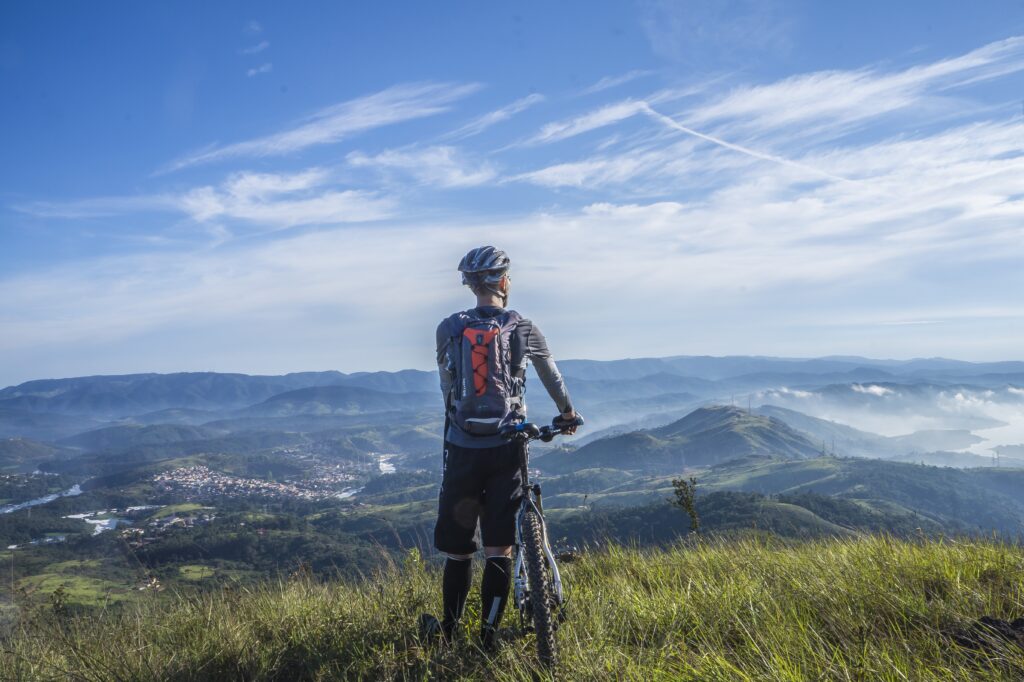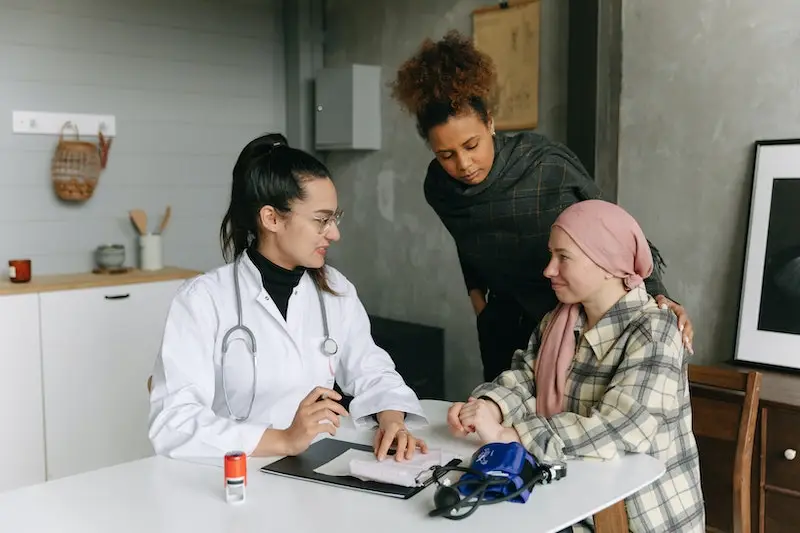What is Vestibular Physiotherapy & How does It Works?
Vestibular rehabilitation is a type of physical therapy that focuses on treating problems related to the vestibular system, which is responsible for our sense of balance and spatial orientation. This therapy is typically used to help people who have balance disorders, dizziness, vertigo, or other problems related to the vestibular system.
The goal of vestibular rehabilitation is to improve the function of the vestibular system and reduce symptoms such as dizziness, unsteadiness, and vertigo. The therapy involves specific exercises that are designed to help the brain compensate for any problems with the vestibular system, such as a loss of balance or disorientation.
Vestibular rehabilitation is usually carried out by a trained physical therapist who specializes in vestibular physiotherapy. The therapist works with the patient to create a personalized exercise program that is tailored to their specific needs and goals. The program may include exercises to improve balance, coordination, and strength, as well as techniques to reduce dizziness and improve gaze stabilization.
Overall, vestibular rehabilitation can be an effective treatment option for people with vestibular disorders, helping them to improve their balance and quality of life.
Samantha’s journey from Discovery to Recovery
Samantha had always been an active person. She enjoyed hiking, running, and exploring new places. But one day, she started experiencing dizzy spells and felt like the world was spinning around her. It was frightening, and she felt like she couldn’t do the things she loved anymore.
After visiting a doctor, Samantha learned that she had a problem with her vestibular system. She was referred to RCP health therapists specializing in vestibular rehabilitation.
At her first appointment, Samantha felt nervous. She wasn’t sure what to expect from the therapy, and the idea of doing exercises that would make her dizzy seemed counterintuitive. But her physical therapist, Megan, put her at ease and explained that the exercises would help her brain learn to compensate for her vestibular problem.
The first few sessions were tough for Samantha. She had trouble keeping her balance during some of the exercises and felt even more dizzy at times. But Emily was patient and encouraging, reminding Samantha that progress takes time, and that each small improvement was a step forward.
As the weeks went by, Samantha noticed that she was feeling more confident and steadier on her feet. She was able to do some of the exercises that were once difficult with ease and could walk around without feeling like the ground was moving beneath her. Megan continued to adjust the exercises as Samantha progressed, challenging her with new movements and more complex tasks.
After several months of vestibular rehabilitation, Samantha was thrilled with the progress she had made. She felt like she had regained control of her life and could do the things she loved again. She was grateful for Emily’s guidance and support throughout the process and knew that she would continue to use the techniques she learned in her everyday life.
In the end, Samantha learned that vestibular rehabilitation wasn’t about improving her balance and reducing her dizziness. It was about gaining confidence, perseverance, and trust in her own abilities. And with the help of Megan and the therapy, she was able to do just that.
Vertigo, wooziness, visual disturbances, and poor balance can all result from damage to the vestibular system. Exercise-based therapy called vestibular rehab teaches the brain how to get over these problems. Based on the root cause and severity of each patient’s problem, VR-trained therapists create unique workout treatment regimens for their patients. If you are looking for the best Vestibular Rehabilitation therapist, RCP Health is the answer for you. The multi-disciplinary approach for various healthcare services lets you enjoy a happy and healthy life.
Resources
Check out our Resources Section for more information on topics like health, lifestyle, rehabilitation, and many more by clicking here.





